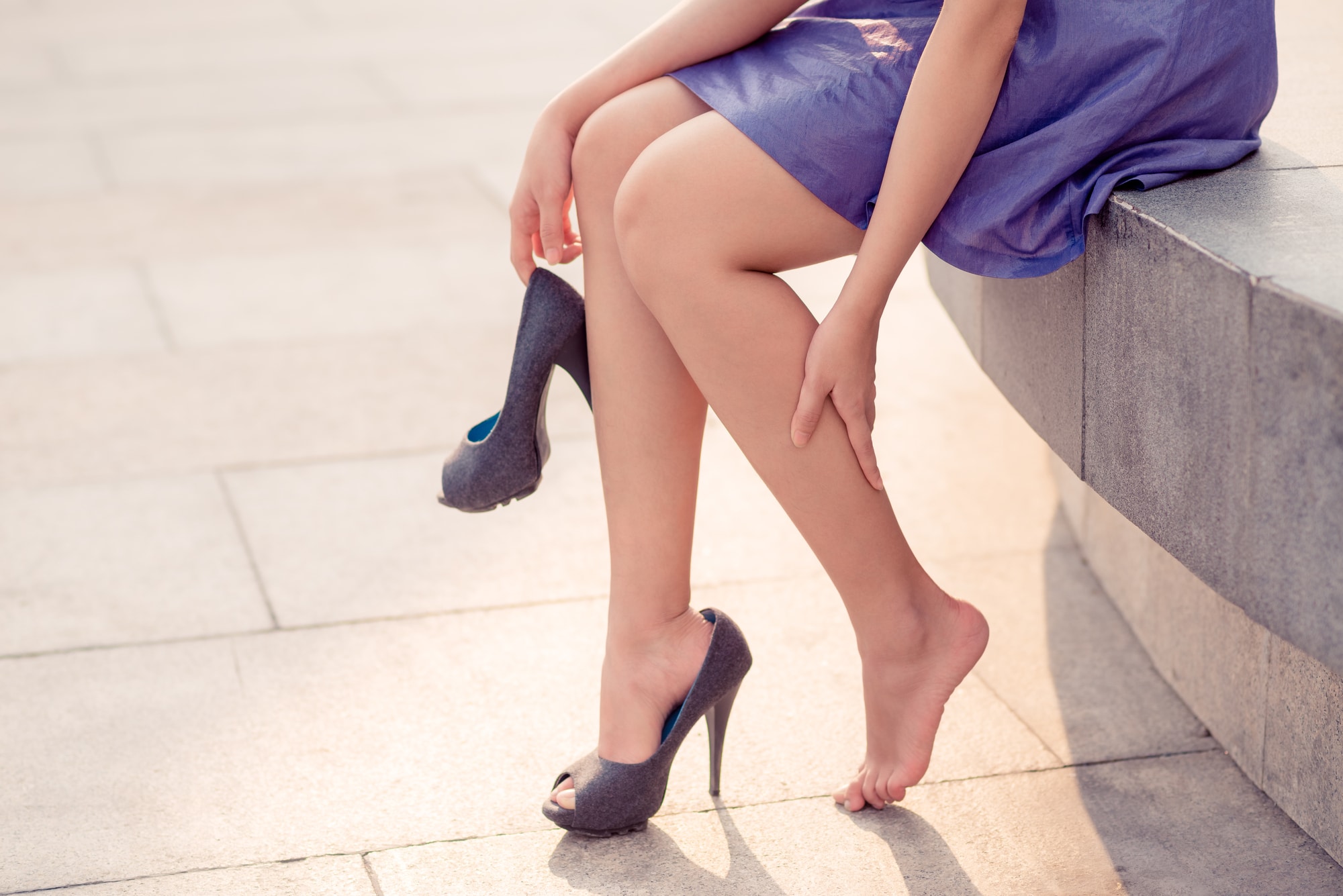Varicose veins often appear snake-like and bulging. They may also be discolored as either blue, green, or purple. They are basically tubes with valves. When the valves are working right, they regulate blood flow and make sure it doesn’t flow back and downwards. If they are broken they let the blood flow back to the feet and create varicose veins.
Early symptoms and risks of varicose veins
At an early stage varicose veins commonly cause minor or no symptoms at all. At this stage cosmetic concern is often the main issue as the swollen and twisted veins are often perceived as personally unaesthetically. Minor symptoms can include heavy legs, swollen feet, dry and itchy skin and the appearance of spider veins.
Whilst these early warning signs are often seen as not requiring treatment, it has been suggested that early recognition and treatment may lead to better outcomes.
Later stage symptoms and risks of varicose veins
Venous insufficiency is a progressive disease which spreads to other veins and thereby worsens over time.
Once venous disease starts to cause considerable pain and discomfort, especially with the skin over the veins becoming irritated and sore treatment is commonly suggested. These symptoms can lower quality of life significantly and also lead to inefficient sleep and restrictions of usual daily activities.
If the disease progresses further venous leg ulcers can occur which are one of the worst and most severe complications of varicose veins. An ulcer is a chronic wound which does not heal on its own and despite good medical care will take several weeks to heal depending on its size. Ulcers are caused by high blood pressure in the veins as a result of CVI and damaged vein valves. This constant pressure damages the skin over time until it breaks open.

The danger of leg ulceration
Leg ulcers require immediate care due to their risk of causing very serious conditions like osteomyelitis (bone infection) or sepsis (blood poisoning) as ulcers are often colonized by many bacteria.
Even after a leg ulcer has healed it is important to prevent its recurrence by eliminating certain risk factors, losing weight to reduce obesity, wearing compression socks and applying skin care are key to prevent recurrence. Risks of suffering from another leg ulcer tend to remain high and typically 25% of patients will have another leg ulcer within just 2 years.
Are varicose veins dangerous?
At an early stage varicose veins are usually harmless and are not even considered relevant for treatment. However, if left untreated despite worsening of symptoms and discomfort, varicose veins can cause severe venous leg ulcers which can become dangerous. Consequently, it is advisable to speak to a physician once varicose veins start causing any discomfort to discuss potential treatment options and prevent the development of leg ulcers.
